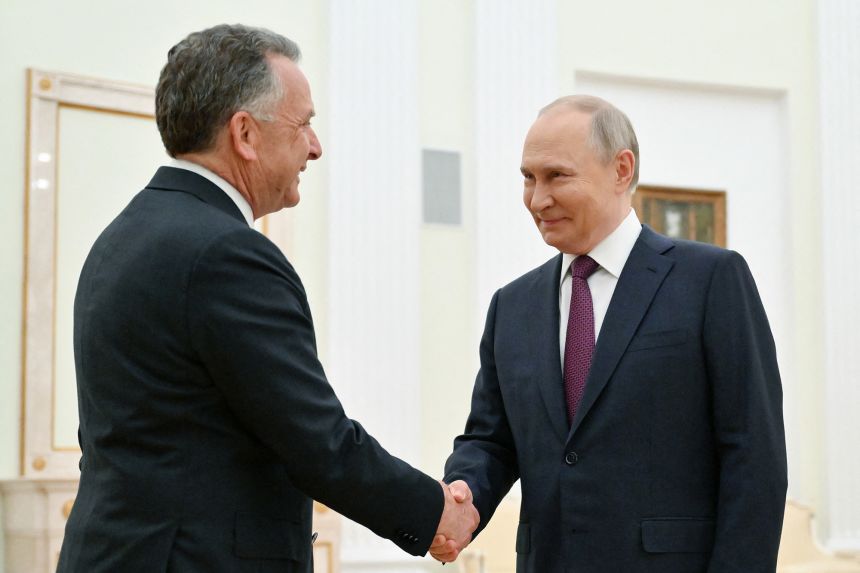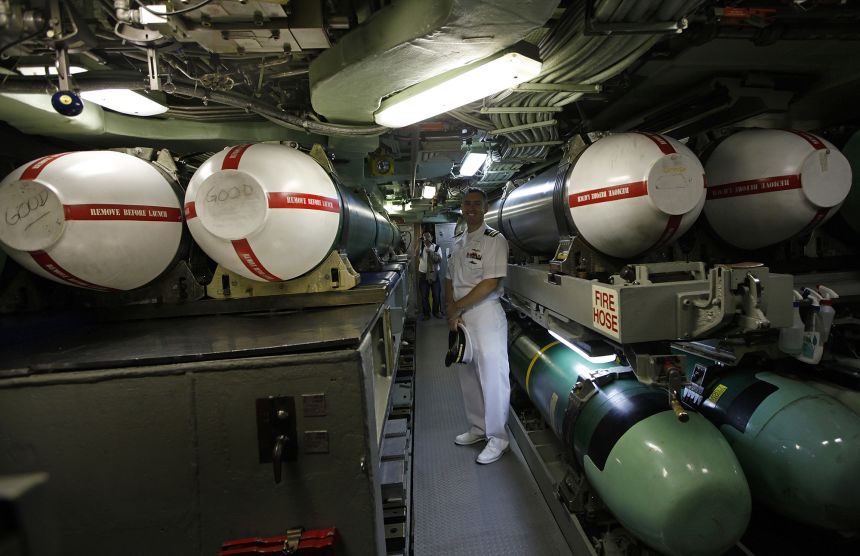Steve is going to get it done.
That has been and remains the hope of Ukraine and Europe for many months. In an impassioned speech to Israel’s parliament, US President Donald Trump made it clear that the elusive peace with Ukraine is the next priority for him and his special envoy, Steve Witkoff. And it was a goal that President Trump hoped would be easier to prove than what he described as peace in the Middle East.
But ever since President Trump took power, peace in Ukraine seemed perhaps not far away. There are few tactics in his strategy for ending the terror in Gaza that Mr. Trump could emulate as he seeks to stop Russia’s nearly four-year invasion of Ukraine. The only teachable moment he can find is that force can prevail, that the United States can still impose conditions through sheer force. But the fleeting similarities end there.
The first insurmountable difference with Israel is that President Trump has persuaded allies who are militarily dependent on him to end a horrific war that has drawn near-universal criticism. Rather, Russia is dependent on China, America’s historical adversary and chief rival, and the world is somewhat mixed in its condemnation when it comes to Moscow’s aggression.
As for Putin, Trump’s cards were probably imagined all along, but they are now limited, if not non-existent. He’s already experimented with red carpets, interpersonal charm, and financial persuasion. There were at least seven deadlines in which President Trump threatened additional sanctions before deciding he wanted Europe to stop buying Russian hydrocarbons before imposing sanctions. Even the Kremlin has acknowledged that talks have entered a “serious pause” (although Kremlin spokesman Dmitry Peskov said on Monday that “contacts through the respective channels continue”).
Unlike Gaza, President Trump cannot declare a deal between Russia and Ukraine and leave the messy details behind. Putin is already happy to let Trump go home empty-handed for once after their meeting in Alaska, and will do so if there is another opportunity to get Trump on his feet.
President Trump’s staff has been riding a wave of hubris since last weekend, and there is a risk that relations with Ukraine may be a little compromised. The security plan that Secretary of State Marco Rubio has been charged with developing for Ukraine – a plan that will only be needed if peace is to last – remains unclear. By the end of this recent success over Gaza, Vitkov’s role had diminished. European allies have expressed regret and even rude horror that Mr. Witkov does not know or remember key details of his discussions with the Kremlin. In Congress, Trump praised Witkov for knowing so little about Russia when he first flew to the Kremlin, and appeared to believe that the amount of time he spent there (perhaps listening to Putin’s historic complaints) was a sign of the envoy’s competence. However, President Putin will not be persuaded by big words and self-congratulations alone.

But for Trump, one lesson remains from the past nine months of struggle with Putin and Gaza. President Trump has hinted in recent weeks that he might allow European allies to buy Tomahawk missiles for Ukraine to use to attack Russia. The missile’s 1,500-mile range and speed mean it has no purpose other than to evade air defenses and attack valuable infrastructure deep inside Russia. The Kremlin has suggested that U.S. military personnel are required to operate such sophisticated weapons, and that the Tomahawk is capable of nuclear strikes and could emit saber-like rattles that would weaponize fears of unintended escalation. “This is indeed a very dramatic moment in terms of the fact that tensions are rising from all sides,” Peskov said on Sunday.
President Volodymyr Zelensky has spoken by phone with President Trump twice in the past week. On Sunday, the Ukrainian leader was keen to hint that the use of the tomahawk could be forthcoming. “We have seen and heard that Russia is concerned about being given tomahawks by the United States, and this is a sign that just such pressure can have a peaceful effect.” “We have agreed to address everything that President Trump, our team, and the military have discussed.”

Asked on Sunday whether he would send missiles, President Trump said, “We’ll see… we might do that,” adding, “If the war isn’t over, we might tell them we might, we might not, but we might. Do they (Russia) want the Tomahawk pointed in their direction? I don’t think so.”
Ukraine and Europe have so far followed a path of empty threats, not only against President Putin, but also against President Trump and his predecessor, Joe Biden. When Biden threatened to allow Ukraine to fire ATACMs at Russia in response to Moscow sending North Korean troops, the Kremlin threatened wildfire but failed to garner such a strong response. Putin could only bare his teeth and had no real bite.
Similarly, President Trump threatened to impose secondary sanctions on India and China for purchasing Russian oil, but only the former imposed them. The supply of Tomahawks will once again put President Trump further ahead than his predecessor in punishing Russia. But he has to go through with it. The past nine months have shown that the Kremlin and Trump’s empty threats will soon be exposed. This is a brutal war, in which only real and tangible damage is currently treated as currency.
And negotiations are slowly coming to a standstill, with the bigger and riskier unknown of what kind of damage Russia will have to suffer to be forced to return to negotiations. Severe gas shortages are plaguing parts of Russia following months of long-range attacks on oil refineries by Ukraine. Russia’s economy risks overheating. But is President Putin concerned about his immediate popularity or economic performance? Or is he rather obsessed with long-term political survival and historical legacy?

The risks regarding Ukraine are clear. President Trump may threaten sanctions, which would be politically easier for Prime Minister Netanyahu to impose. It would weaken aid to allies whose approval ratings in the U.S. are declining in public opinion polls. President Trump cannot easily gain influence over President Putin and must now prove that his threats of force to inflict substantial economic and physical damage on Russia will come true. That would risk leading Trump in a direction that Biden was unwilling to push. Tomahawk may meet the fate of “secondary sanctions.” This is by no means meant as a means, but only as a threat.
But this remains perhaps the only useful lesson for Trump, and it has been the mantra of his European allies from the beginning. The Kremlin reacts only to force, that is, to those who physically block its path. For further “peace” victories, Trump must now find the strength and desire to physically confront Putin, something he seems to inherently abhor.
